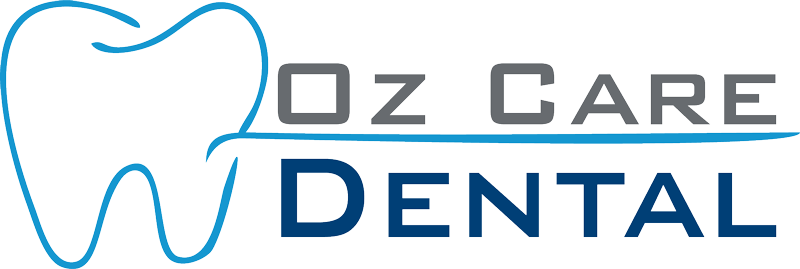Complex Tooth Extraction: Navigating Difficult Dental Procedures
Complex tooth extractions are dental procedures reserved for cases where the tooth cannot be easily accessed or removed due to its position, condition, or complications related to surrounding tissue. This blog post delves into what makes a tooth extraction complex, the steps involved in such procedures, and how to handle the recovery process effectively.
What is a Complex Tooth Extraction?
A complex tooth extraction, often referred to as a surgical extraction, is required when a tooth cannot be removed with simple pulling due to factors such as:
- Impaction: Common in wisdom teeth that have not fully emerged or are misaligned.
- Breakage at the Gum Line: When a tooth is broken below the gum line, leaving little to grasp above the surface.
- Severe Decay or Damage: Extensively decayed or damaged teeth that do not have enough structure remaining to allow for regular extraction techniques.
- Dense Bone or Unusual Root Angles: Teeth with roots that are unusually shaped or embedded in dense bone.

Digital CT Scan
First our dental radiologist takes a digital 3D CT Scan of your teeth.Professional Consultation
We will discuss your primary issues and your wishes concerning your teeth.Dental Examination
This is followed by a professional examination of the teeth and gums.Complete Treatment Plan
We devise a complete treatment plan for restoring your healthy smile.What are Denture Cosmetics?
Benefits of Denture Cosmetics
-
-
Reasons for Complex Tooth Extractions
- Preventing Damage to Adjacent Teeth: To avoid damage to surrounding teeth and jawbone during the extraction.
- Alignment Issues: To prepare for orthodontic treatments that require more space in the mouth.
- Risk of Infection: Especially in immunocompromised patients, where a problematic tooth might pose a higher risk of systemic infection.
- Periodontal Disease: Advanced gum disease causing significant deterioration of the supporting bone and tissue.
The Procedure for Complex Tooth Extractions
- Detailed Assessment: Includes X-rays or a CT scan to understand the tooth's position and condition thoroughly.
- Anesthesia: General anesthesia or IV sedation might be used due to the procedure's complexity and length.
- Incision and Tissue Removal: The gum tissue around the tooth is cut open to expose the bone and root.
- Bone Removal: In some cases, bone blocking access to the root must be removed.
- Sectioning the Tooth: The tooth may be divided into sections to be removed more easily and safely.
- Extraction: Each section of the tooth is carefully removed.
- Closure: The area is cleaned, and the gums are sutured back together if necessary.
- Post-Operative Care Instructions: Detailed instructions are provided to manage healing and reduce the risk of complications.
Aftercare and Recovery
- Rest: Patients are advised to rest and limit activities for a few days post-procedure to facilitate healing.
- Cold Compresses: To reduce swelling, apply ice packs intermittently for the first 24 hours.
- Diet: Stick to soft foods and avoid anything hard, crunchy, or sticky that might disrupt the healing site.
- Pain Management: Follow the dentist’s prescription for pain management, and avoid medications like aspirin that can increase bleeding.
- Oral Hygiene: Gentle rinsing with salt water after 24 hours can help keep the area clean; avoid brushing directly at the site initially.
Potential Complications
- Dry Socket: A common complication where the blood clot at the extraction site is dislodged.
- Infection: Signs include persistent pain, swelling, and foul taste.
- Nerve Damage: Especially in extractions involving lower wisdom teeth, which may be close to nerve lines.
-
REQUEST AN APPOINTMENT
Fill out the form and we will contact you during our working hours. Urgent dental care will be provided usually the same day.
CONCLUSION
Complex tooth extractions require careful planning and skilled execution due to their potential complications and the intricate nature of the procedure. By following your dental professional's pre- and post-care instructions closely, you can minimize risks and promote a smoother recovery. If you are facing a potential complex extraction, discussing all options and understanding the procedure thoroughly with your dentist or oral surgeon is essential for the best outcomes.


